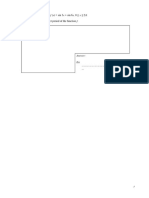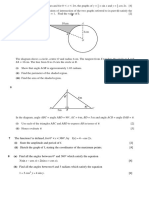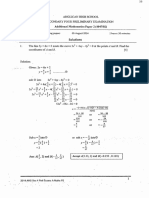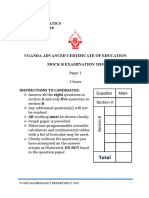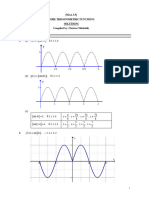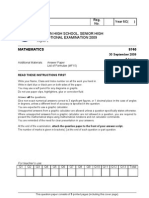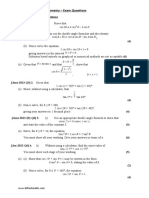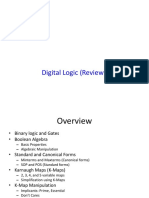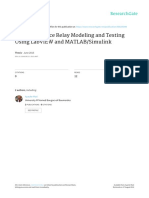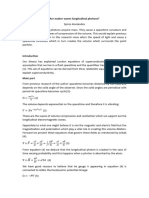0% found this document useful (0 votes)
17 views11 pagesCircular Functions and Trigonometry P1 (Part 2)
The document contains a series of mathematical problems related to circular functions, trigonometry, and geometry, including calculations involving a Ferris wheel, concentric circles, and various trigonometric identities and equations. It also includes tasks such as finding areas, solving equations, and analyzing transformations of functions. The problems are structured for assessment purposes, likely for an academic examination.
Uploaded by
bernicewu08Copyright
© © All Rights Reserved
We take content rights seriously. If you suspect this is your content, claim it here.
Available Formats
Download as PDF, TXT or read online on Scribd
0% found this document useful (0 votes)
17 views11 pagesCircular Functions and Trigonometry P1 (Part 2)
The document contains a series of mathematical problems related to circular functions, trigonometry, and geometry, including calculations involving a Ferris wheel, concentric circles, and various trigonometric identities and equations. It also includes tasks such as finding areas, solving equations, and analyzing transformations of functions. The problems are structured for assessment purposes, likely for an academic examination.
Uploaded by
bernicewu08Copyright
© © All Rights Reserved
We take content rights seriously. If you suspect this is your content, claim it here.
Available Formats
Download as PDF, TXT or read online on Scribd
/ 11
